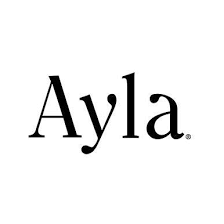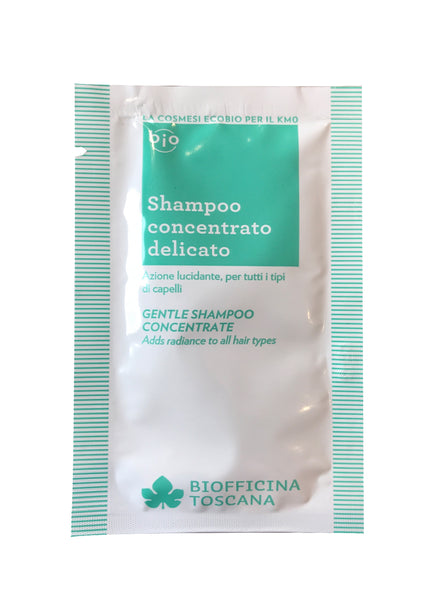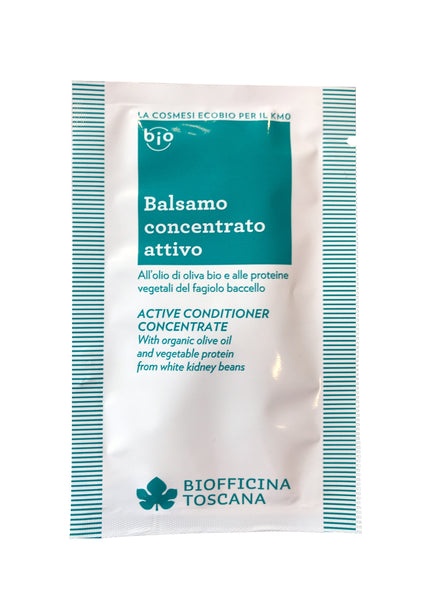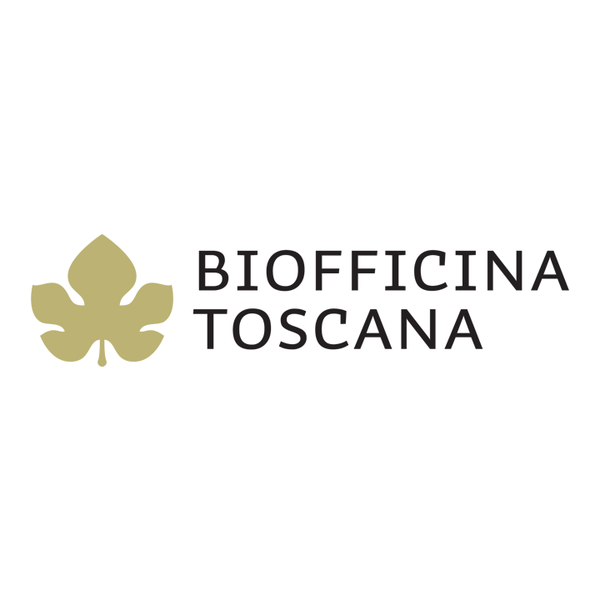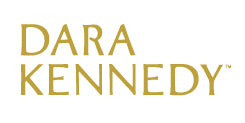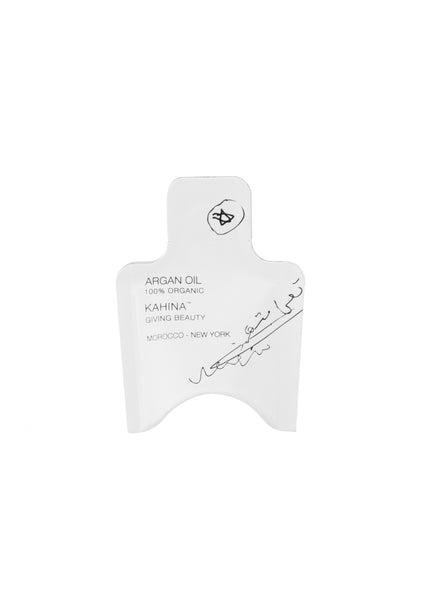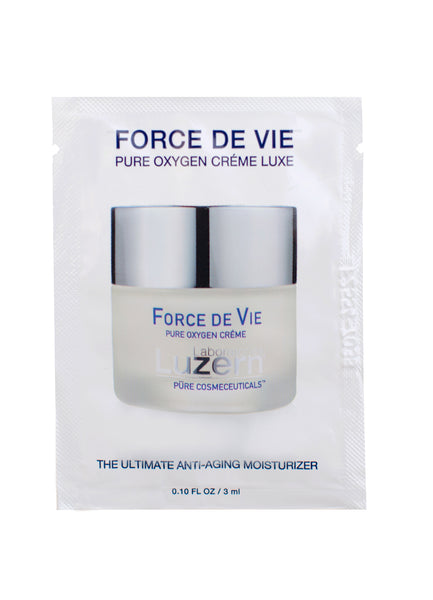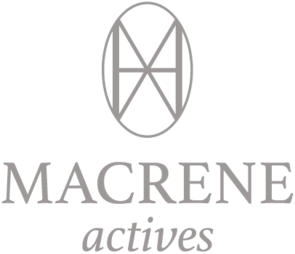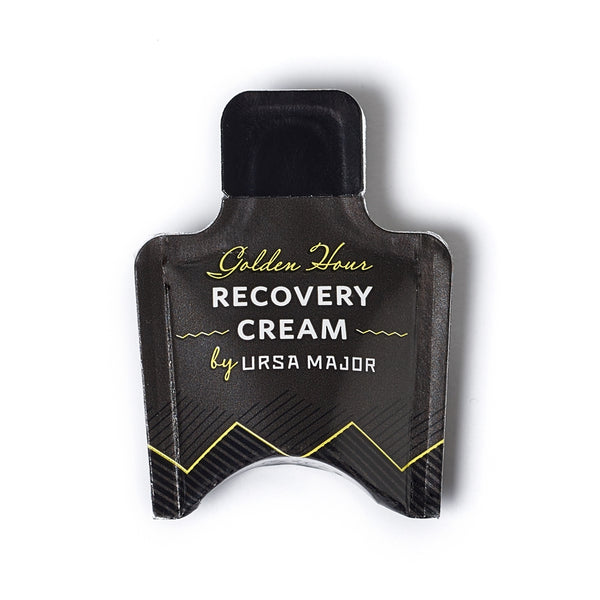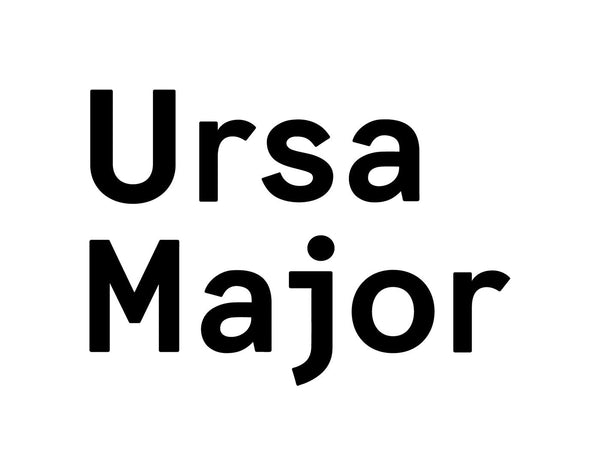Recent Articles
Lisa Brinker is the go-to Manual Lymphatic Drainage expert in San Francisco — the one who is consistently recommended by other massage therapists and bodyworkers for her particular expertise in this specific discipline. Since we've recently introduced products that speak to lymphatic drainage, like the TWELVE Reverent Antioxidant Dry Body Oil, we asked this fan of Ayla to help us better understand what lymphatic drainage is, how it benefits the body, and how it can be encouraged to function optimally.
***
Ayla: What is the lymphatic system?
LISA: The short answer is that it’s a network of vessels and nodes vital to the immune system, responsible for cleansing the tissues and maintaining fluid balance in the body.
For more detail — There are between 500 and 1500 lymph nodes, multi chambered filtering “stations” ranging from the size of a sesame seed to that of an olive. Concentrated in the neck, under the arms, abdomen, groin, behind the knees, and other areas of the body, these nodes receive fluid via a delicate network of vessels beginning in the skin with some deeper, larger lymph trunks in the abdomen and chest. In the nodes, metabolic waste products, bacteria, and viruses are exposed to lymphocytes initiating an immune response.
The heart pumps blood through the capillaries to the cells. The nutrient rich plasma bathing the cells is called interstitial (between the cells) fluid. Next, blood vessels return that fluid to the venous blood going back to the heart to resume its journey. There is always some excess fluid remaining that becomes lymph as it enters the vessels to be cleansed before returning to the blood.
Ayla: What does “lymph drainage” mean?
LISA: The short answer is that lymphatic drainage involves swelling and moving lymph fluid from in between cells back into circulation.
For more detail — Lymphatic drainage involves encouraging the excess fluid to be drawn into the lymph vessels and stimulating the contraction of these vessels. The vessels have smooth muscle walls, linked by valves that pump fluid to the nodes and eventually back the venous blood. Fluid is directed to areas of lymph node concentration and, likely, drainage sites.
Exercise and deep breathing help lymph circulation.
Ayla: What are the benefits of improved lymphatic drainage?
LISA: The key benefits involve immune support and reduced swelling. Additionally, there’s the benefit of “cleansing” the cellular environment for improved delivery of nutrients and removal of waste products. It also helps activate the parasympathetic (rest and digest) system for stress reduction. Regular exercise and proper hydration can help considerably with lymphatic drainage.
About Lisa Brinker: Lisa holds an MA from the California Institute for Integral Studies and is a Certified Lymphedema Therapist. She studied Manual Lymph Drainage and received her certification as a Lymphedema Therapist from the Dr. Vodder Academy. The Vodder Method is known internationally as the most well-researched and widely used method of Manual Lymph Drainage. To book a treatment with Lisa in her private SF location, email lisabrinkercmt@yahoo.com.
Any topic discussed in this article is not intended as medical advice. If you have a medical concern, please check with your doctor.






